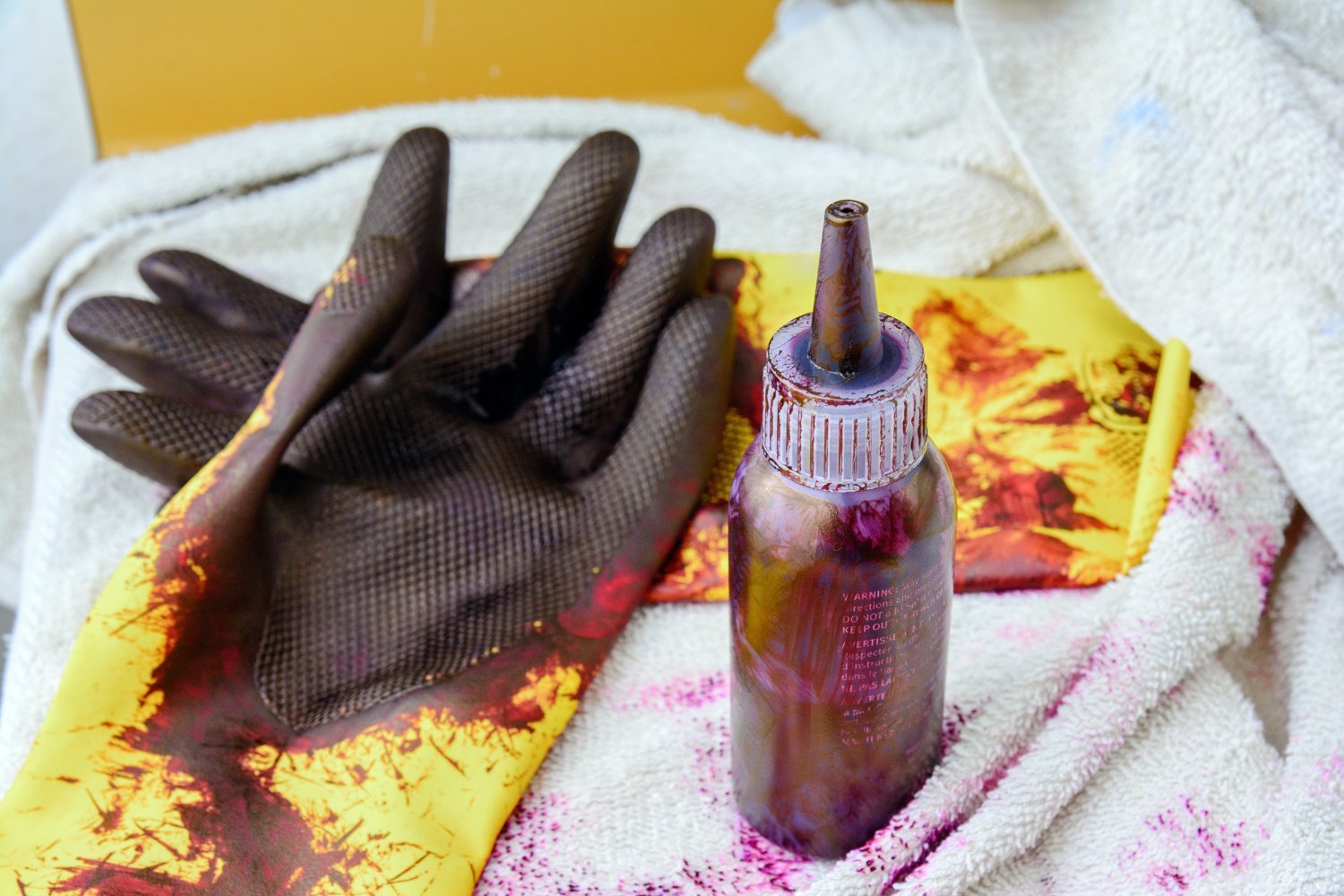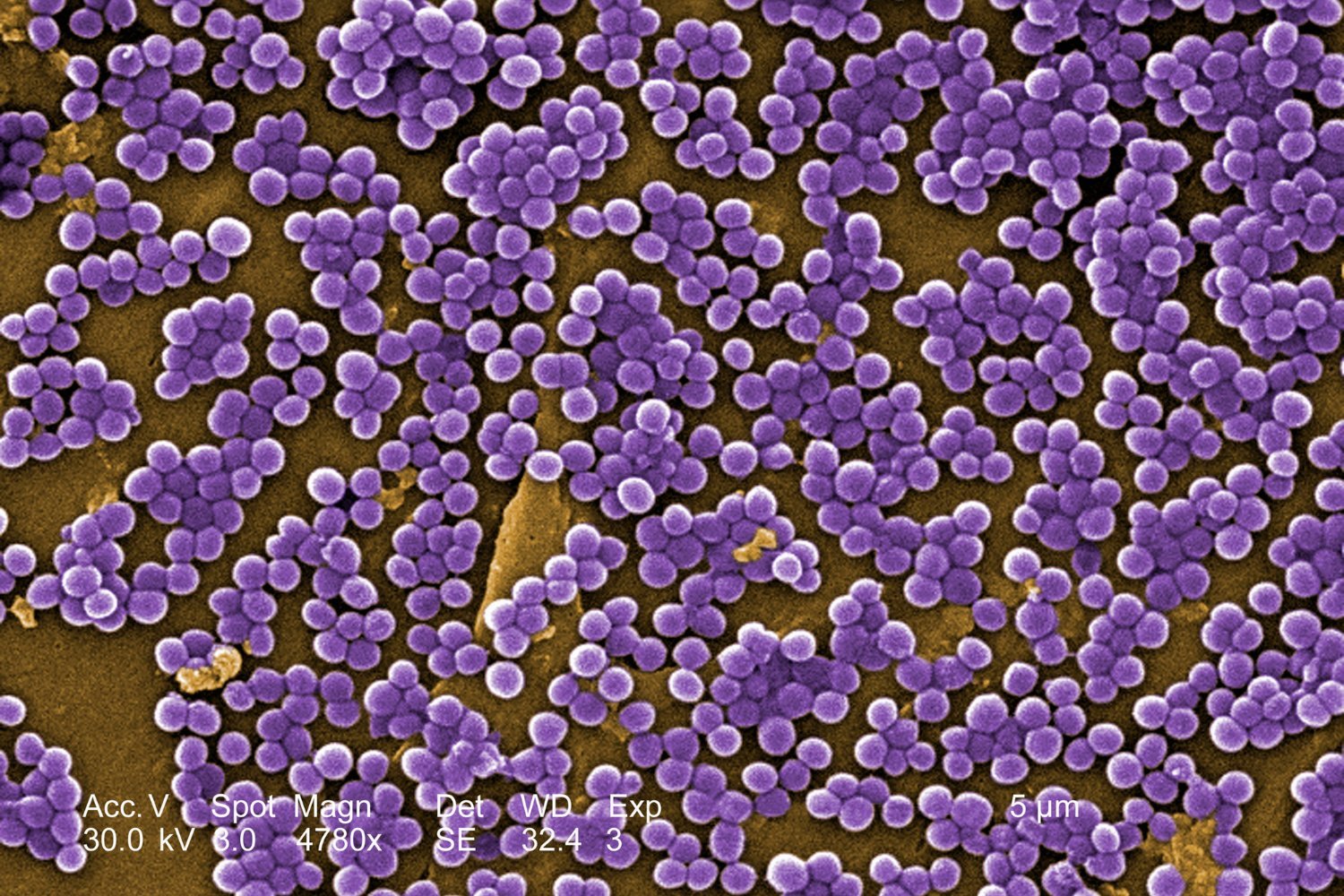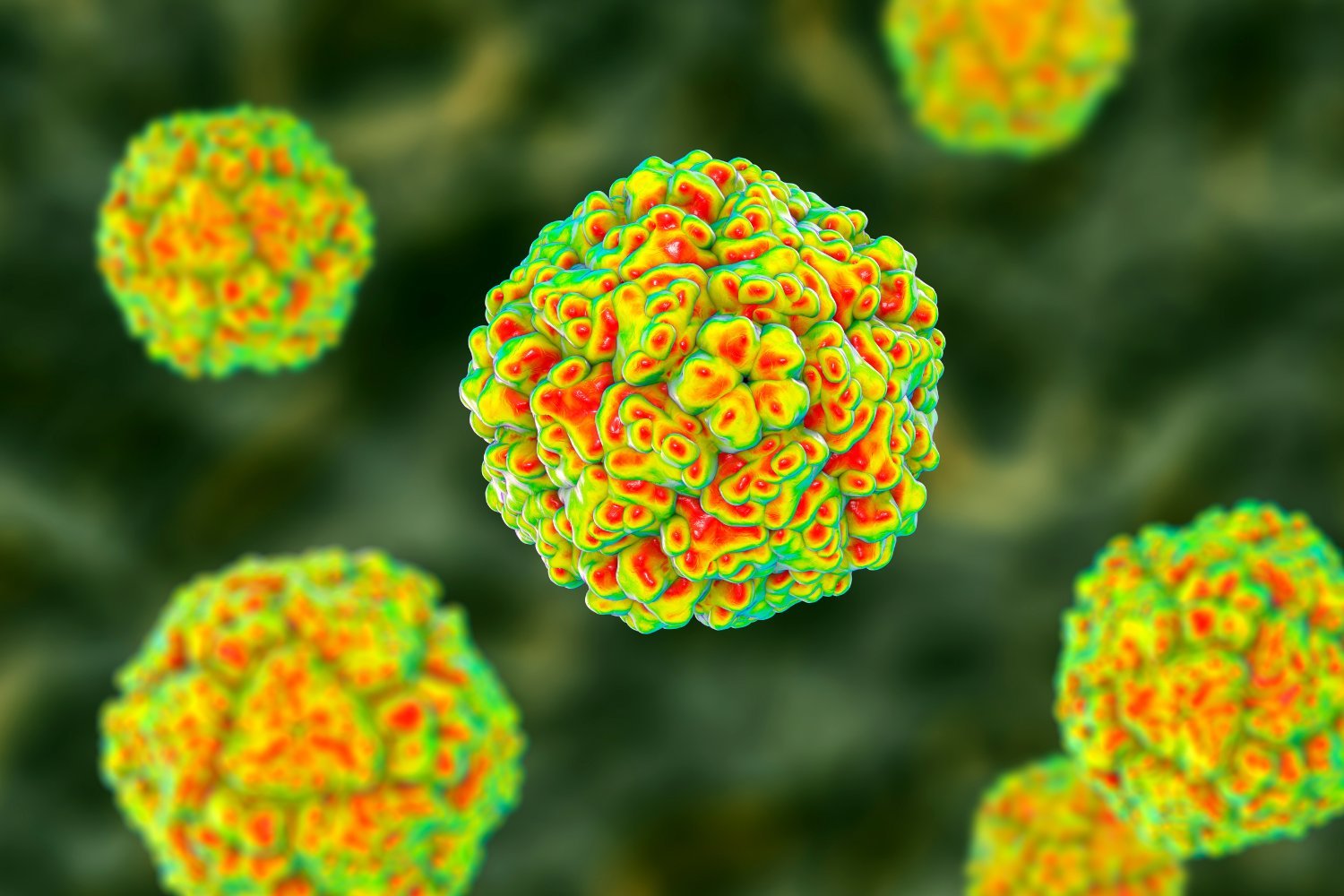A French woman experienced temporary retinal detachment and blurry vision after using hair dye containing a specific chemical. This case highlights a rare but potential risk associated with certain hair dye ingredients. The woman’s vision fully recovered after discontinuing use of the product and switching to an amine-free alternative.
This unusual case was recently documented by doctors at Edouard Herriot Hospital and the LEO Ophthalmological Center in France and published in JAMA Ophthalmology. The 61-year-old woman reported blurry vision in both eyes, prompting a medical examination. Tests revealed damage to her retinas, the light-sensitive tissue at the back of the eye crucial for vision.
Retinal Damage Linked to Hair Dye Chemical
The woman had no prior medical history explaining the retinal damage, also known as retinopathy. Standard tests ruled out common causes like infection or cancer. Crucially, the woman had recently used a store-bought hair dye containing para-phenylenediamine, a chemical belonging to the aromatic amines group.
The doctors recognized a pattern: other recent cases of middle-aged women experiencing retinopathy associated with hair dye containing aromatic amines (RAHDAA). Given the timing and absence of other explanations, they diagnosed the woman with RAHDAA.
Possible Mechanism of Retinal Damage
RAHDAA shares similarities with retinopathy caused by certain anti-cancer drugs that inhibit MEK proteins. Both aromatic amines and these drugs may disrupt a cellular pathway essential for retinal pigment epithelial cell health, potentially leading to retinal damage. While RAHDAA is rare, individuals with scalp wounds while using these dyes might face a higher risk, although this wasn’t the case with the French woman.
Full Vision Recovery After Discontinuing Hair Dye Use
Fortunately, the woman’s vision fully recovered within four months of stopping the hair dye. Four years later, after switching to an amine-free dye, her vision remained normal, though subtle, asymptomatic retinal changes persisted.
Awareness for Doctors and Consumers
While RAHDAA appears rare, the authors emphasize the importance of considering amine-containing hair dyes as a potential cause of retinopathy, particularly when other causes are ruled out. This case underscores the need for awareness among both medical professionals and consumers about the potential risks associated with certain hair dye ingredients.
This incident serves as a reminder to carefully consider the ingredients in hair dyes and to consult a doctor if any vision changes occur after use.











